29+ Sample Kind Reminder
-
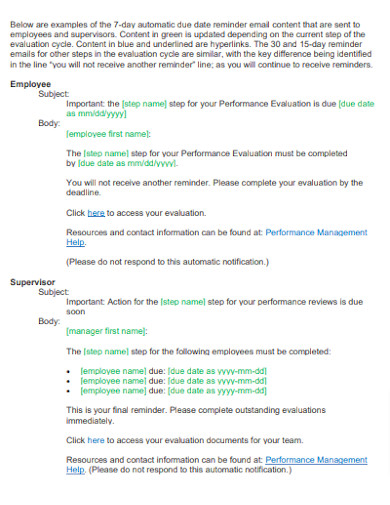
Due Date Kind Reminder
download now -
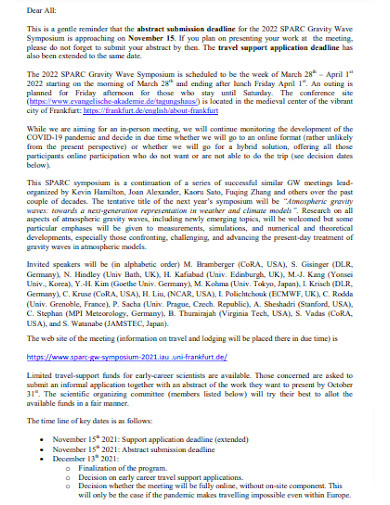
Work Kind Reminder
download now -
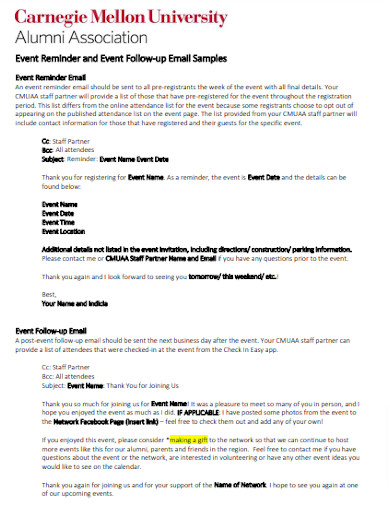
Event Kind Reminder
download now -
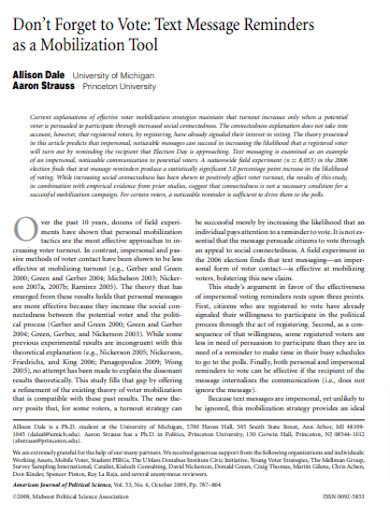
Message Kind Reminder
download now -
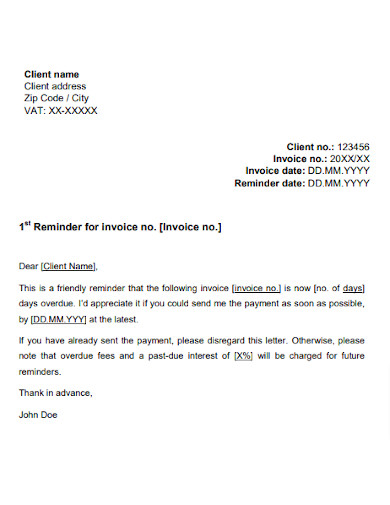
Payment Kind Reminder
download now -
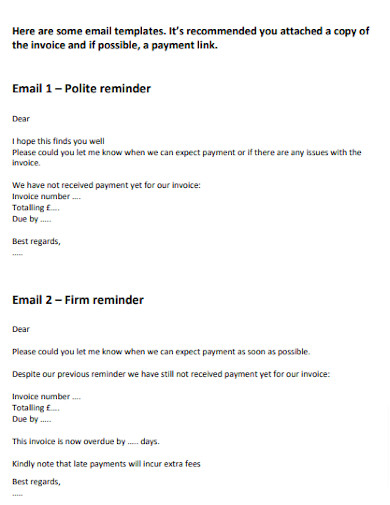
Polite Kind Reminder
download now -
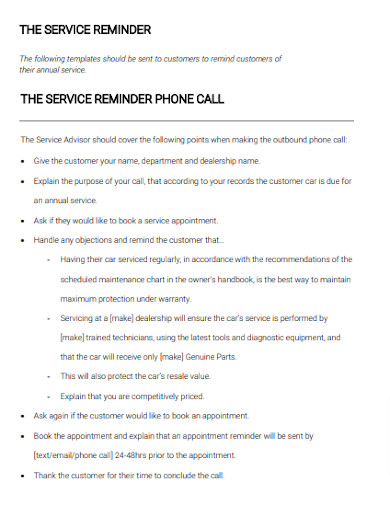
Appointment Kind Reminder
download now -
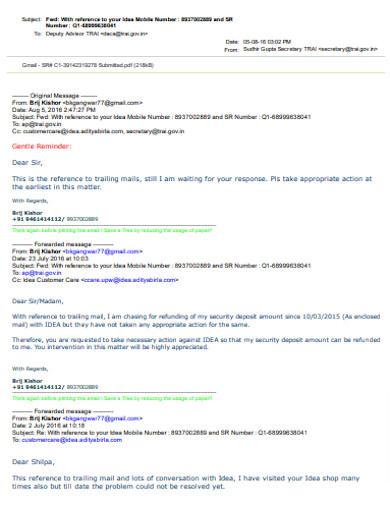
No Response Kind Reminder
download now -
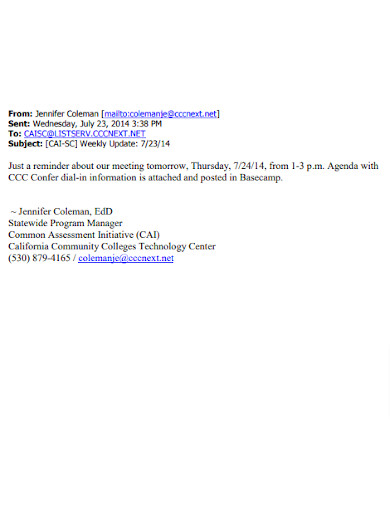
Meeting Kind Reminder
download now -
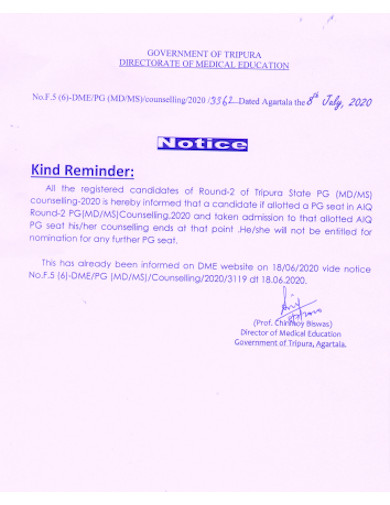
Kind Reminder Notice
download now -
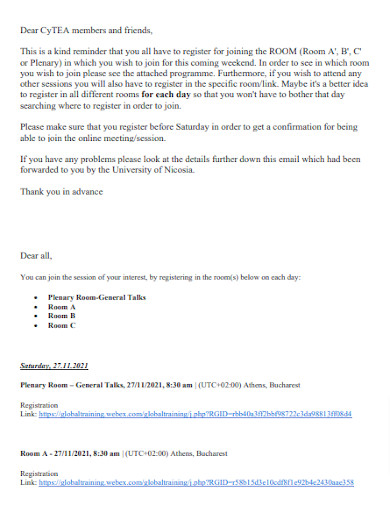
Kind Reminder for Friends
download now -
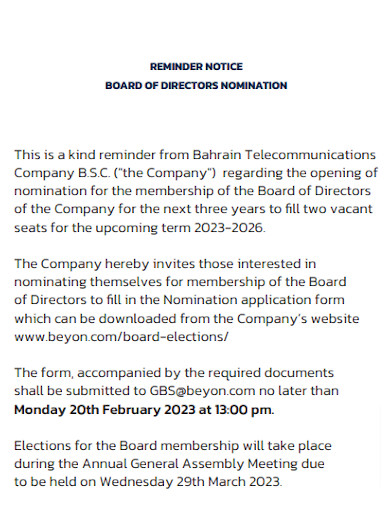
Kind Reminder from Company
download now -
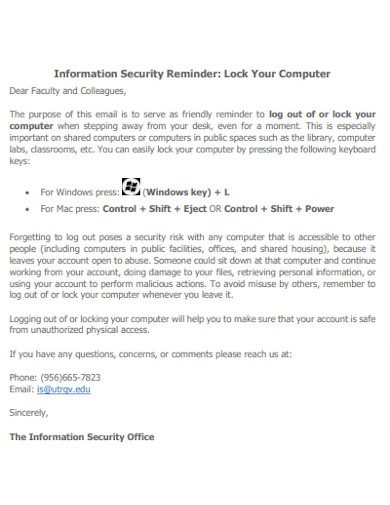
Kind Security Reminder
download now -
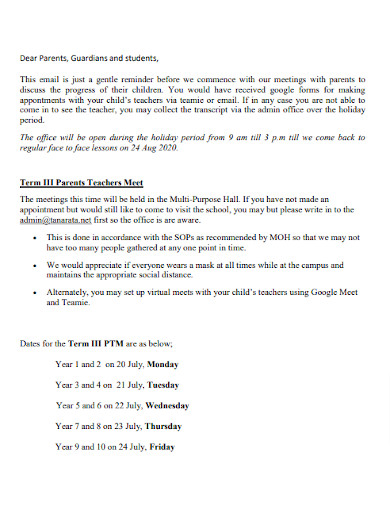
Email Kind Reminder
download now -

Friendly Kind Reminder
download now -
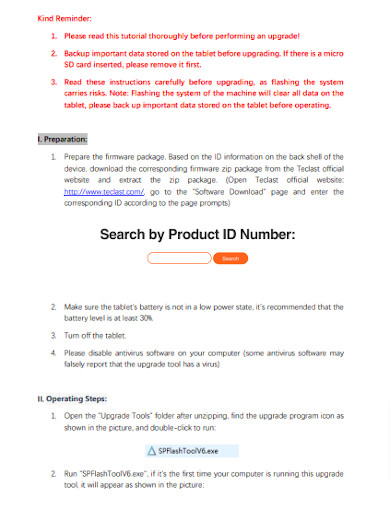
Simple Kind Reminder
download now -
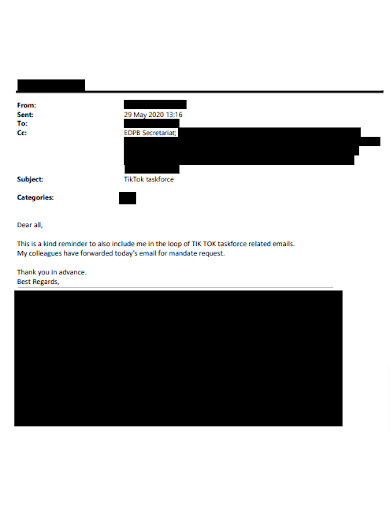
Document Kind Reminder
download now -
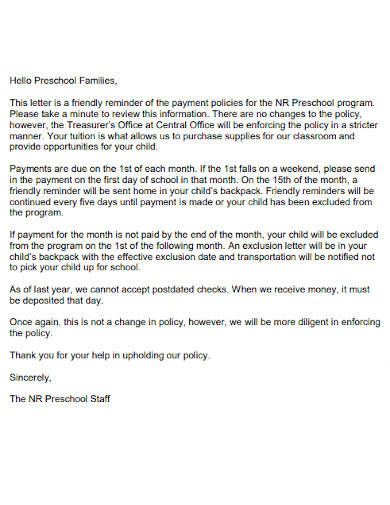
Preschool Families Kind Reminder
download now -

Sample Kind Reminder
download now -
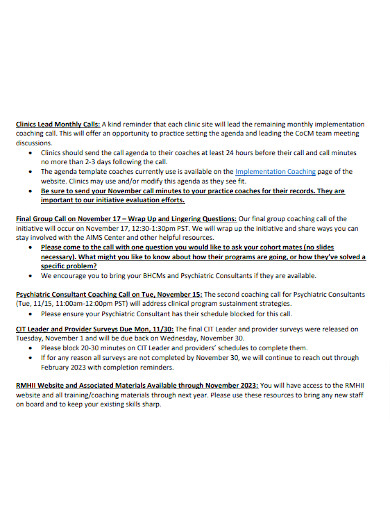
Clinic Kind Reminder
download now -
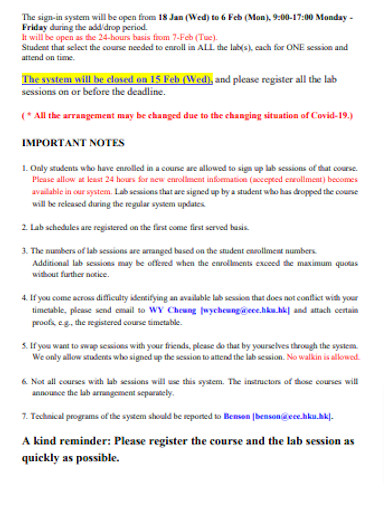
Basic Kind Reminder
download now -
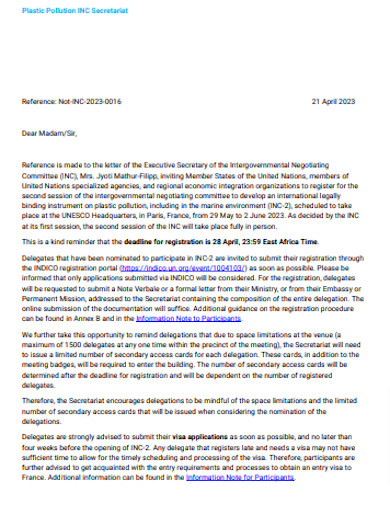
Kind Reminder for Executive Secretary
download now -
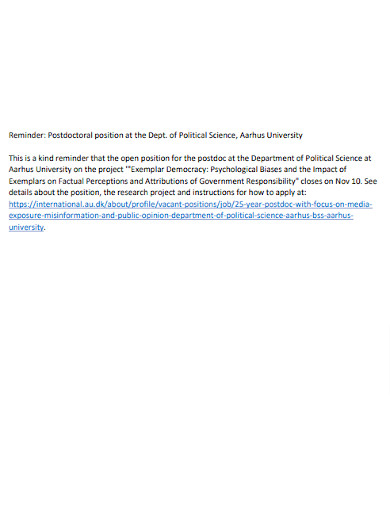
Printable Kind Reminder
download now -
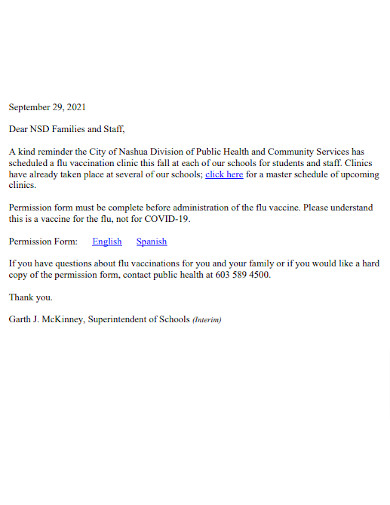
Editable Kind Reminder
download now -
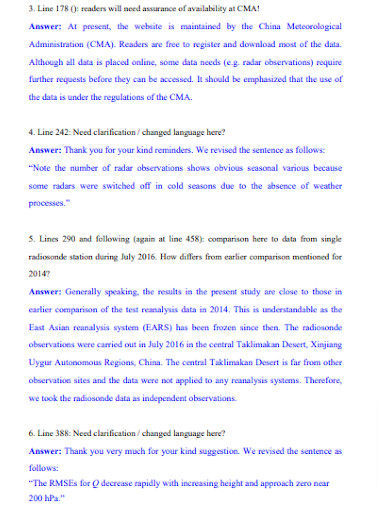
Standard Kind Reminder
download now -
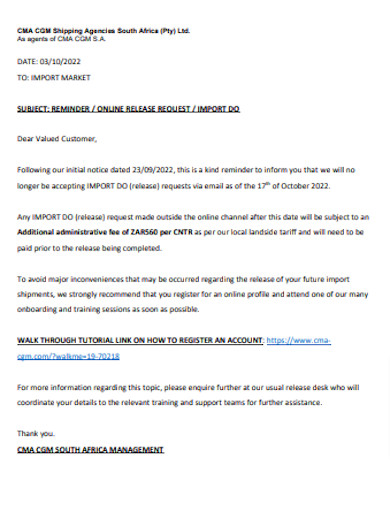
Initial Notice Kind Reminder
download now -
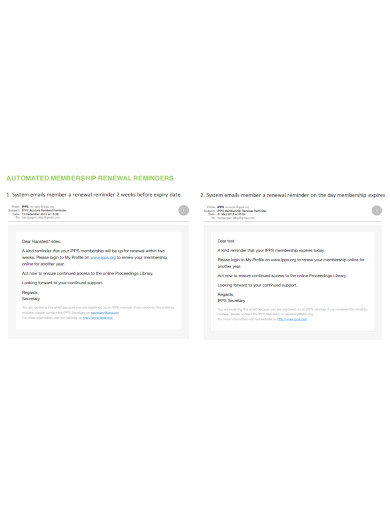
Membership Renewal Kind Reminder
download now -
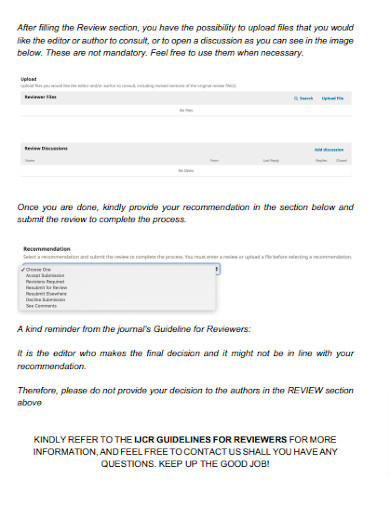
Kind Reminder Guideline
download now -
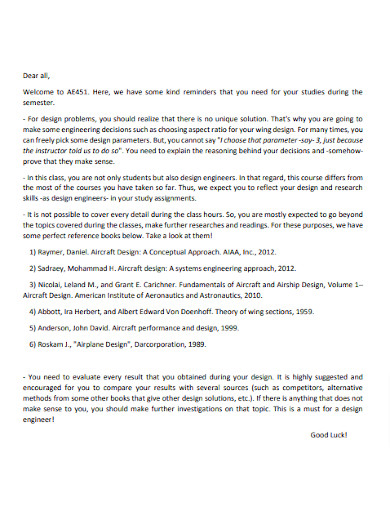
Kind Reminder Outline
download now -

Formal Kind Reminder
download now
FREE Kind Reminder s to Download
29+ Sample Kind Reminder
What is a Kind Reminder?
Types of Kind Reminders
How to Write a Kind Reminder
FAQs
What are some examples of gentle reminders?
What should be included in a formal email reminder for business purposes?
How can I draft a friendly reminder for a business email?
How do I create effective follow-up reminders for events and meetings?
How can I set reminders for job applications to stay organized?
What are the best practices for sending out report submission reminders?
How can I effectively manage reminders for multiple tasks and deadlines?
What is a Kind Reminder?
A kind reminder is a courteous and effective communication technique employed to gently prompt individuals or recipients to take necessary actions or meet deadlines without being overly assertive. Whether in the form of gentle reminders, friendly follow-ups, or formal business emails using email sample PDF, kind reminders aim to maintain a professional tone while ensuring important tasks, such as event attendance, meeting schedules, and payment submissions, are not overlooked. These reminders are particularly valuable for job applications and work-related responsibilities, helping individuals stay organized and on top of their commitments. By using kind reminders, individuals and businesses can foster positive relationships and promote timely actions, reducing the chances of overdue submissions and missed opportunities and fostering a supportive and productive environment.
Kind reminders play a crucial role in various aspects of life, offering numerous benefits to individuals, students, teachers, businesses, professionals, project teams, and more. According to research, incorporating a friendly tone in reminders can increase response rates by up to 50% compared to stern or automated messages. For individuals, kind reminders reduce the stress associated with impending deadlines and foster better time management. In educational settings, students are more likely to submit assignments on time when gently reminded, leading to improved academic performance. Teachers can build positive rapport and motivate students with respectful nudges. In the business world, professionals appreciate kind reminders as they enhance relationships with clients and colleagues. Project teams can maintain efficiency and cooperation by using gentle follow-ups and a project tracker to ensure task completion. Overall, the utilization of kind reminders creates a positive and productive environment, fostering trust and reliability in all spheres of life.
Types of Kind Reminders
In this section, we’ll explore a comprehensive range of kind reminders designed to foster positive communication and efficiency across various domains. From gentle follow-ups for events and meetings to considerate prompts for payments, assignments, and more, discover the art of nurturing accountability with these diverse reminder types.
How to Write a Kind Reminder
Follow the steps in this guide as you craft outstanding and professional kind reminders for various situations. Doing this will ensure your recipients appreciate the considerate approach and respond positively to your communication.
Step 1: Determine the Reminder Type
Identify the purpose and context of your kind reminder. Is it a gentle follow-up for an event or meeting? Is it a friendly payment reminder or a formal email business reminder for clients or colleagues? Knowing the specific type of reminder will help you tailor the tone and content appropriately.
Step 2: Choose the Right Tone and Language
Select a professional and courteous tone, ensuring your message remains respectful and positive. Use friendly language to build rapport with recipients. For formal emails, maintain a polite and business-appropriate tone, while for job applications and work reminders, showcase enthusiasm and encouragement.
Step 3: Provide Relevant Details
Include essential elements such as the event or meeting date, time, and location for follow-up reminders. For payment reminders, state the outstanding amount and due date clearly. For job applications and work reminders, mention relevant details like the job title or specific task.
Step 4: Set a Clear Call-to-Action
Always include a clear and concise call to action to prompt the recipient to take the necessary steps. For example, provide a link for event registrations or payments, or specify the required tasks and deadlines for job applications or work reminders.
Step 5: Offer Support and Contact Information
Show empathy and support in your kind reminder. Offer assistance if needed and provide contact information to address any queries or concerns. For report submissions or overdue reminders, emphasize your willingness to help and guide them through the process.
FAQs
Gentle reminders are a polite way of reminding someone about a task or commitment without being pushy or demanding. Some examples of gentle reminders include sending a friendly email, leaving a kind note, or using a casual conversation to remind someone about their responsibilities. These reminders are effective in maintaining positive relationships and encouraging prompt action.
A formal email reminder for business purposes should include key components to ensure clarity and professionalism. These components include a clear subject line that indicates the purpose of the email, a formal salutation, a concise and polite reminder message, any necessary attachments or links, a closing with contact information, and a professional signature.
When drafting a friendly reminder for a business email, it is important to maintain a professional tone while being polite and considerate. Start by addressing the recipient respectfully and clearly stating the purpose of the reminder. Include any relevant information or deadlines and offer assistance if needed. Conclude the email with a friendly closing and your contact information.
Follow-up reminders for events and meetings are crucial to ensure attendance and proper preparation. When creating these reminders, include the event or meeting details, such as date, time, and location. Clearly state the purpose of the follow-up and any necessary actions or preparations. Offer contact information for any questions or concerns and express gratitude for their participation.
Setting reminders for job applications is crucial to stay organized and ensure timely submission. When setting these reminders, include the application deadline, any required documents or registration forms, and any additional steps or tasks involved in the application process. Use a calendar or reminder app to schedule these reminders and allow enough time for preparation and submission.
When sending out report submission reminders, it is important to follow best practices to ensure clarity and effectiveness. These practices include clearly stating the purpose of the reminder, providing all necessary details and deadlines, offering assistance or resources if needed, maintaining a professional and polite tone, and including contact information for further communication. Additionally, sending the reminder well in advance of the deadline allows recipients enough time to complete and submit the report.
Managing reminders for multiple tasks and deadlines can be challenging but can be made easier by utilizing organizational tools and strategies. These include creating a comprehensive to-do list (daily to-do lists and weekly to-do lists), prioritizing tasks based on urgency and importance, breaking down larger tasks into smaller, manageable ones, utilizing calendars or reminder apps to schedule reminders, and regularly reviewing and updating reminders as needed.
What are some examples of gentle reminders?
What should be included in a formal email reminder for business purposes?
How can I draft a friendly reminder for a business email?
How do I create effective follow-up reminders for events and meetings?
How can I set reminders for job applications to stay organized?
What are the best practices for sending out report submission reminders?
How can I effectively manage reminders for multiple tasks and deadlines?
Efficiently organizing reminders is crucial for staying on top of tasks and deadlines. Utilizing tools like calendars, to-do lists, and reminder apps can help prioritize and schedule reminders effectively. Additionally, using a sample kind reminder in PDF format can provide a reference point for creating professional and polite reminders. By implementing these strategies, individuals can stay organized and ensure prompt action on their commitments. Sample.net provides an extensive selection of reminder and note samples that you can easily download and use to help you in maintaining organization and boosting your work productivity such as file notes, sample thank you notes, and delivery notes.
